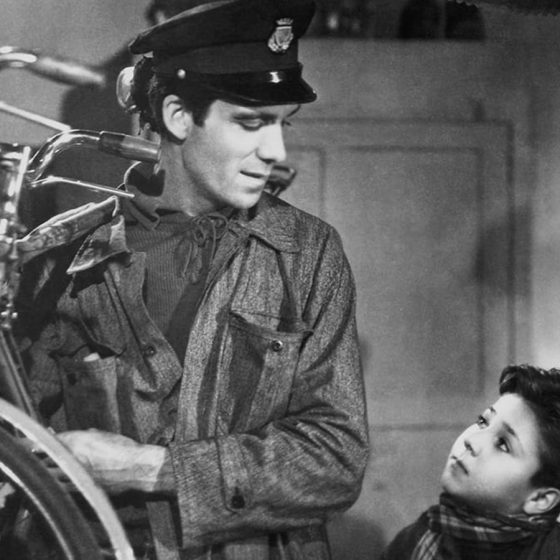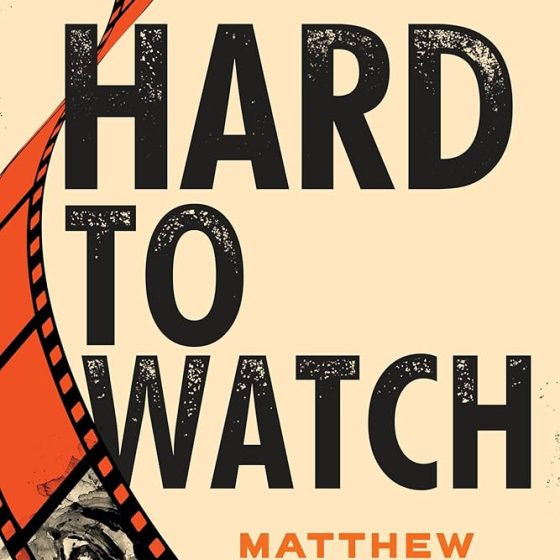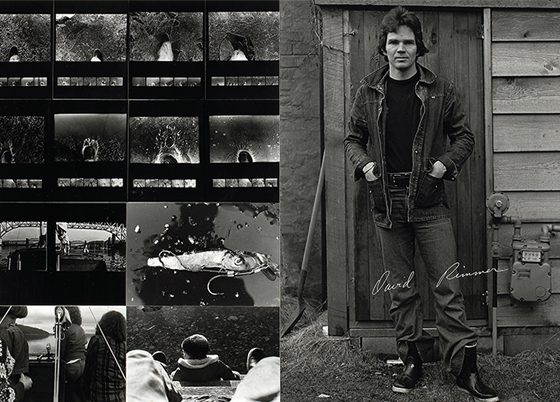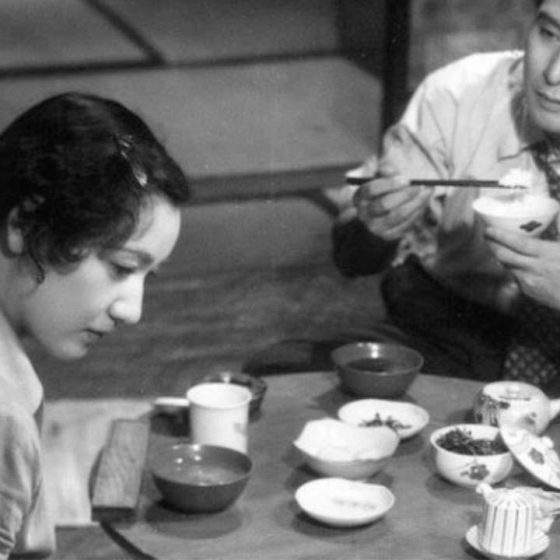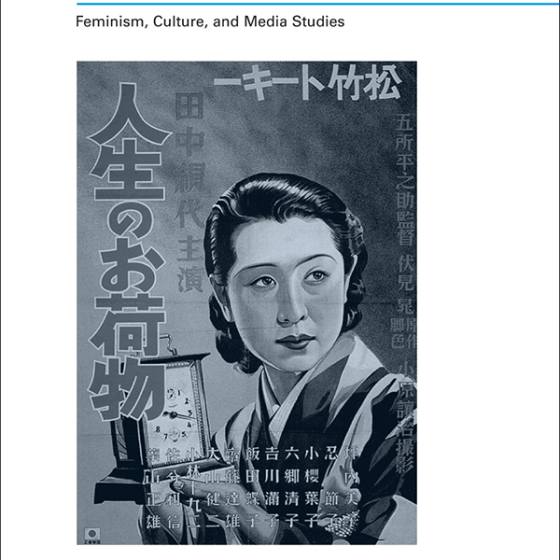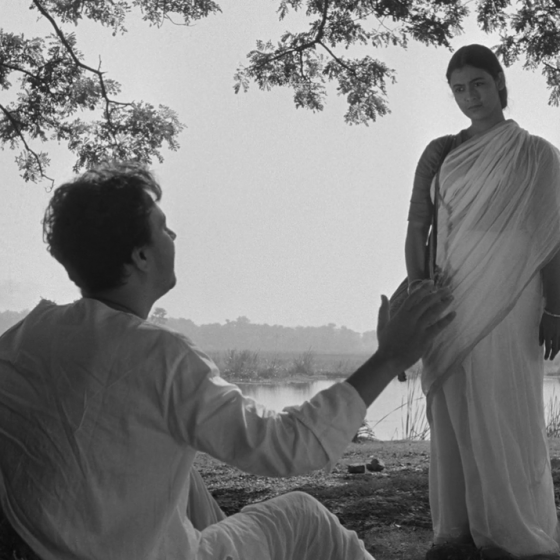Becoming Queen: Barbara Stanwyck’s Postwar Westerns
After the war, as the civil rights movement gained ground, a renewed relationship with Indigenous peoples and an ever-so-slight retraction of the myth of Manifest Destiny enabled the Western genre to entertain more complex narratives in which psychology, moral ambiguity, and social justice were increasingly prevalent.

